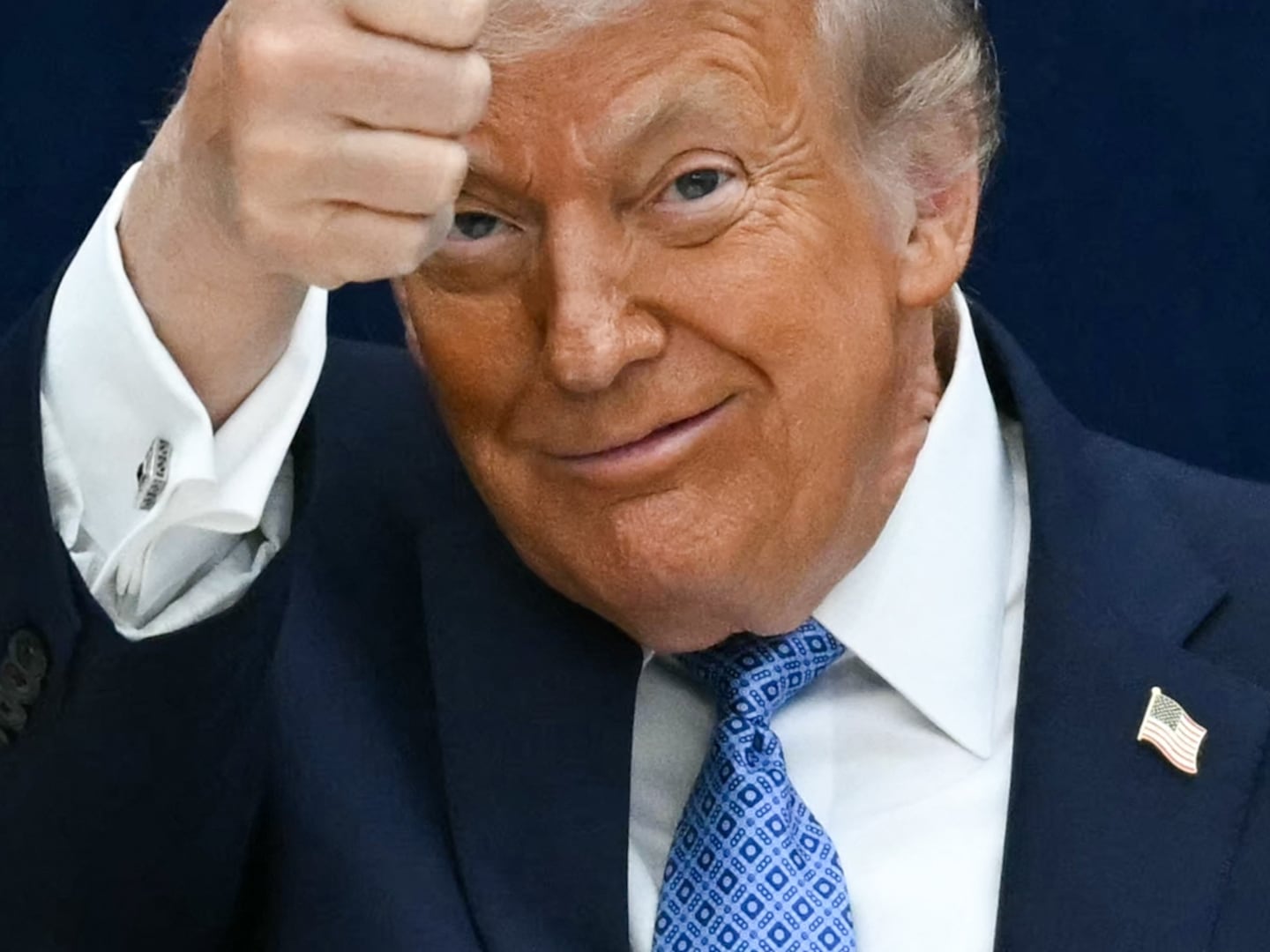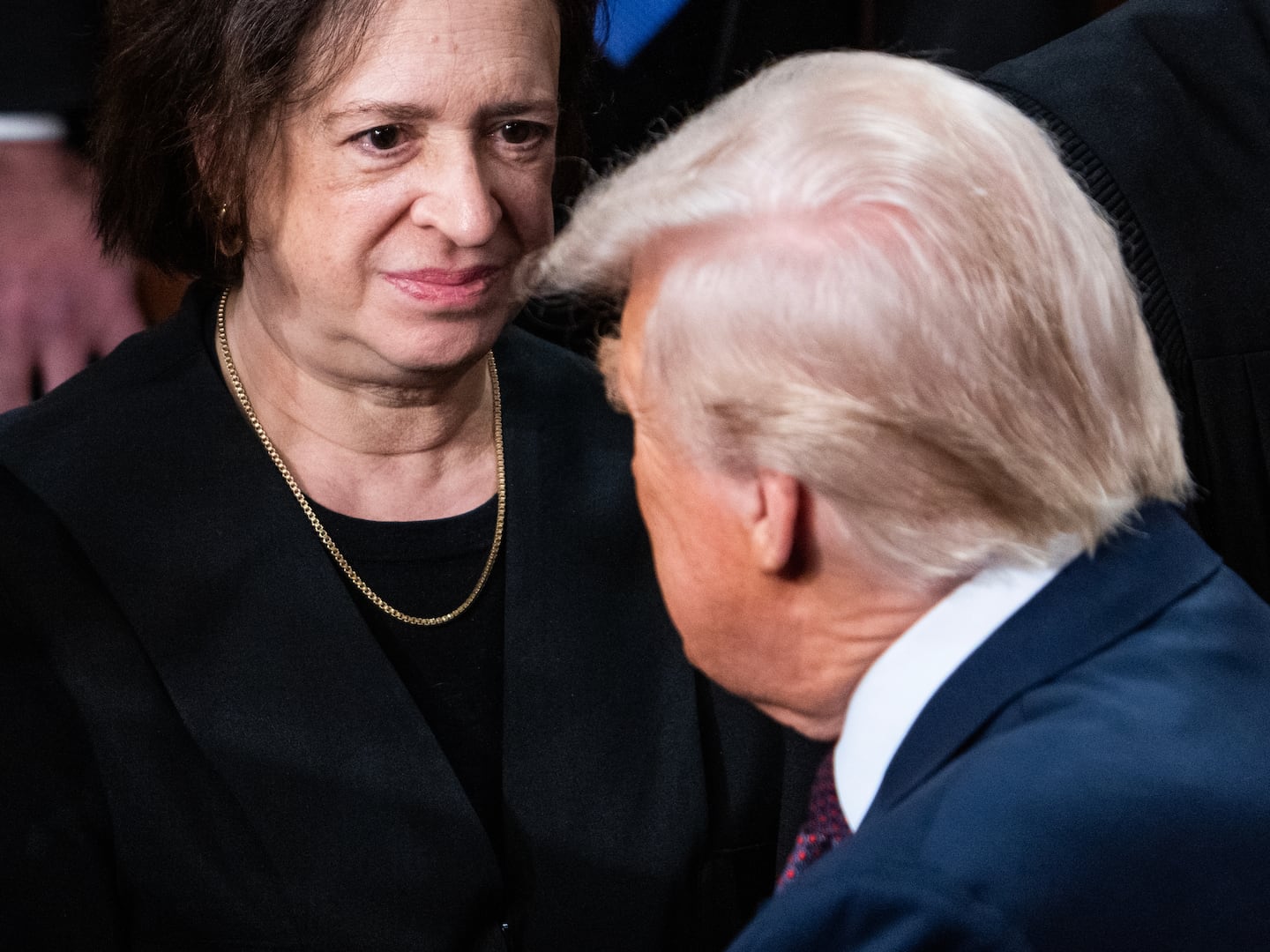In the wake of disturbing news about North Korean missiles, President Obama meets his South Korean counterpart, Park Geun-hye, in the White House on Friday. Analysts these days are fond of saying the U.S.-South Korea alliance has never been stronger—and in many ways they are correct—but the real test of the relationship will be whether Park agrees to station an American missile defense system in her country.
The U.S. has been urging Seoul to deploy the Terminal High Altitude Area Defense system or THAAD, but China vehemently objects. In fact, South Korea’s semi-official Yonhap News Agency reported on October 7 that “the only concern” Beijing had about the upcoming Obama-Park summit is discussion of THAAD. Seoul is reluctant to accept the system because, among other reasons, China is its No. 1 trade partner.
Beijing is opposed to THAAD, everyone says, because the system would help America shoot down Chinese missiles, but the Chinese, it appears, also do not want the U.S. to be able to protect itself from nuclear warheads launched by their sole military ally, the Democratic People’s Republic of Korea.
The DPRK and China are closer than most observers think. The Chinese transferred equipment that for the first time gave their destitute friends the ability to incinerate American cities.
First, a little background. The world loves to chortle when a North Korean missile blows up mid-flight or otherwise malfunctions, but Pyongyang’s technicians have made steady progress since their first test of a long-range launcher in 1998. Today, if everything works perfectly, their Taepodong-2 can, in all probability, put a rather large dent into most locations in the continental United States.
The Pentagon is not particularly concerned about the Taepodong as a weapon, however. It takes weeks to transport, assemble, fuel, and test. The U.S. can destroy these missiles before they ever leave the pad. American analysts, therefore, rightly dismiss the Taepodong as a usable weapon.
The United States government is deeply concerned, however, about what it calls the KN-08. This missile, which the Korean People’s Army designates the Hwasong-13, is “relocatable” in Pentagon terminology.
In plain language, the KN-08 is mobile, which means it can hide and is therefore dangerous. And that is the case only because China transferred to North Korea at least six transporter-erector-launchers, or TELs in military jargon. The regime paraded the KN-08 for the first time on April 15, 2012 through Kim Il Sung Square in Pyongyang on top of TELs manufactured by (PDF) the 9th Academy of the China Aerospace Science and Industry Corp.
At the time, Beijing said it sold the North Koreans only the 16-wheel chassis and that they thought their chassis would be used only for logging vehicles. Yet those claims were risible. The truck frame is too wide for most logging roads in the North, and in any event, who would buy such expensive and specialized equipment for hauling lumber? As Ted Parsons of IHS Jane’s Defense Weekly said, this sale “would require approval from the highest levels of the Chinese government and the People’s Liberation Army.”
In 2012, defense experts said the six KN-08s paraded through Pyongyang were dummies, but as analyst Bruce Bechtol noted in The Last Days of Kim Jong-il: The North Korean Threat in a Changing Era, “North Korea has never displayed missiles in parades that were not either in development or already deployed.”
It did not take long for the North Koreans to deploy their missile. This April, Adm. William Gortney, the commander of Northern Command and the North American Aerospace Defense Command, said the North Koreans “have the ability to put a nuclear weapon on a KN-08 and shoot it at the homeland.”
Gortney also admitted North Korea had not yet tested the KN-08, and he would not say how he arrived at his seemingly contradictory assessments that the missile was ready but never launched. Defense analysts scratched their heads, and many were skeptical.
Fast forward to October 10, the scene of another massive military parade in Pyongyang, this time marking the 70th anniversary of the founding of the ruling Korean Workers’ Party. The North Koreans paraded four KN-08s, this time with a more ominous look.
“Instead of having a smaller diameter third stage compared to the first two stages, as seen in the earlier 2012 missile, the Oct. 10 version shows all stages having uniform diameter,” says Richard Fisher of the International Assessment and Strategy Center. “This version of the KN-08 has a much more credible design for the purpose of delivering nuclear warheads to American cities.”
The design also suggested to analysts why Adm. Gortney could be so sure the KN-08 was in fact operational without testing. The missile’s new look, which also included a rounded nosecone instead of the tip seen three years ago, was a dead giveaway of its origin. “While there is no confirmation, the KN-08 exhibited in the recent parade in Pyongyang looks almost exactly like a version of the R-29, an old Soviet submarine-launched ballistic missile,” Bechtol told The Daily Beast.
As Bechtol notes, the R-29 has the range to reach the West Coast from North Korea, has the ability to carry a nuke, and has been successfully launched numerous times by Moscow’s technicians. And that, presumably, is why Adm. Gortney could be confident the KN-08 was operational without testing and that it posed an immediate threat to the continental United States.
So Russia—or possibly rogue Russian engineers—sold either an R-29 or an R-27 that was later updated. The Chinese then supplied the TEL. As a result, Kim Jong Un, North Korea’s newish ruler, can launch a KN-08 at continental American targets, and the only thing keeping him from killing millions of Americans is that he does not think it is in his interest to do so.
Certainly, America’s missile defense system is not stopping the Kimster from pushing the button. Adm. Gortney in April said he had “high confidence” that America’s 30 interceptors based in Fort Greely, Alaska, and Vandenberg Air Force Base in California could shoot down KN-08s arcing toward America, but few people are so assured. In any event, a layer of missile defense closer to North Korea would increase the odds of knocking down incoming KN-08s.
And that brings us back to President Park and THAAD. THAAD, due to its architecture, is not much use to Seoul. With regard to the Republic of Korea or the ROK as it is often called, the system can only protect Korea’s southern end. As an unnamed expert told The Nelson Report in April, “THAAD in ROK is mainly for us.”
South Korean policymakers, therefore, do not want to anger Beijing for something that is only of marginal benefit to their country. Yet the United States, for little direct benefit to itself, pledges to defend the South, stationing 28,500 troops on the peninsula and maintaining significant forces in the region as backup.
The question for Park is, if she’s not willing to allow a THAAD emplacement on her soil, then why should the United States risk its men and women to protect her country?
President Obama should ask, and the American people—especially those in Washington, Oregon, and Northern California—need to hear Park’s answer.






